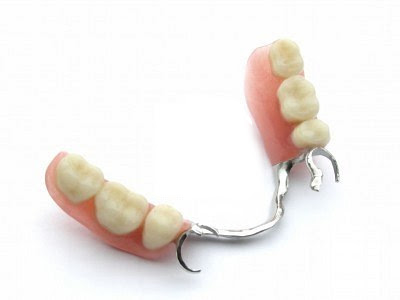A. Bilateral edentulous area located posterior to the remaining natural teeth
B. Unilateral edentulous area located posterior to the remaining natural teeth
C. Unilateral edentulous area with natural teeth remaining both anterior and posterior to it
D. A single but bilateral (crossing the midline) edentulous area located anterior to the remaining natural teeth
# A distal extension partial denture receives its support :
A. From terminal abutments
B. Equally from abutments and the residual ridges
C. Mostly from residual ridge
D. Exclusively from residual ridge

